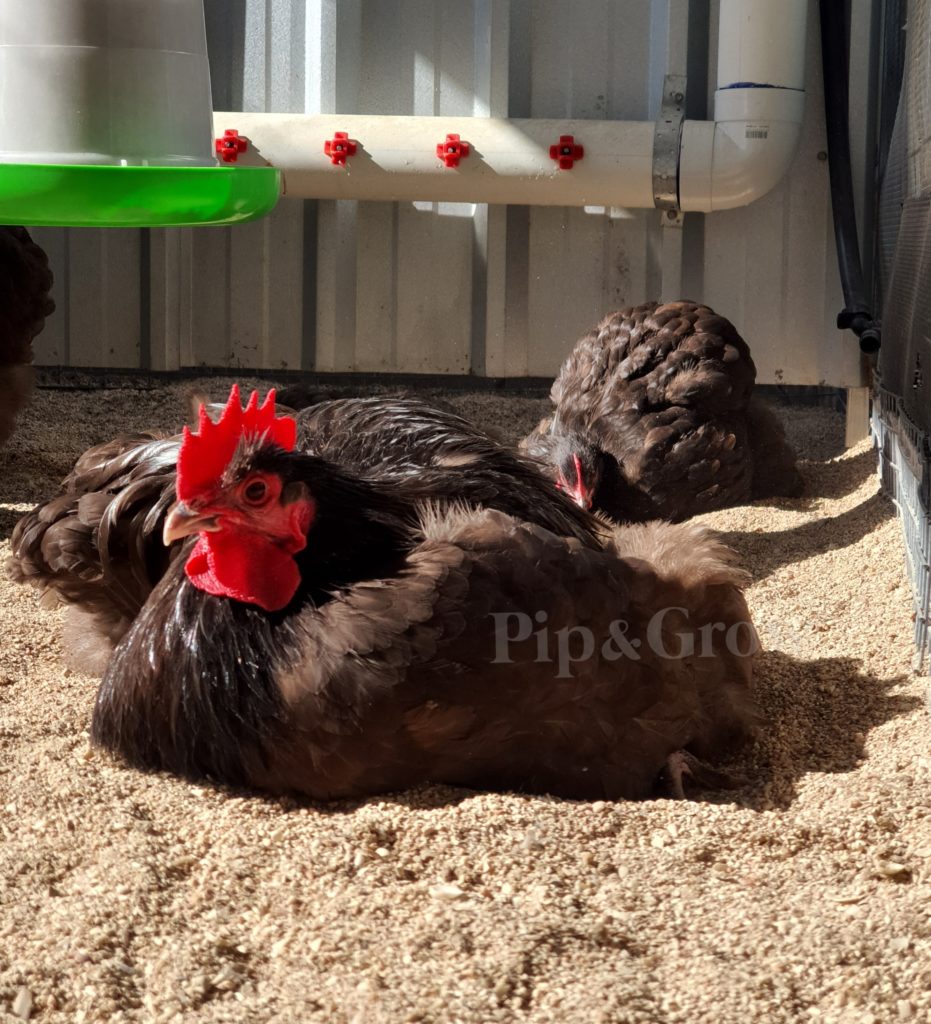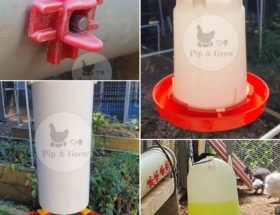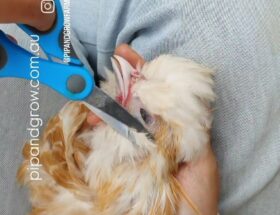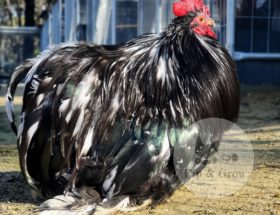We’ve discussed the primary components of chicken coop setup in Part 1 and Part 2. In this post, we’ll explore additional features like roost bars, nest boxes, and other amenities aimed at enhancing the well-being and contentment of the chickens within the coop.
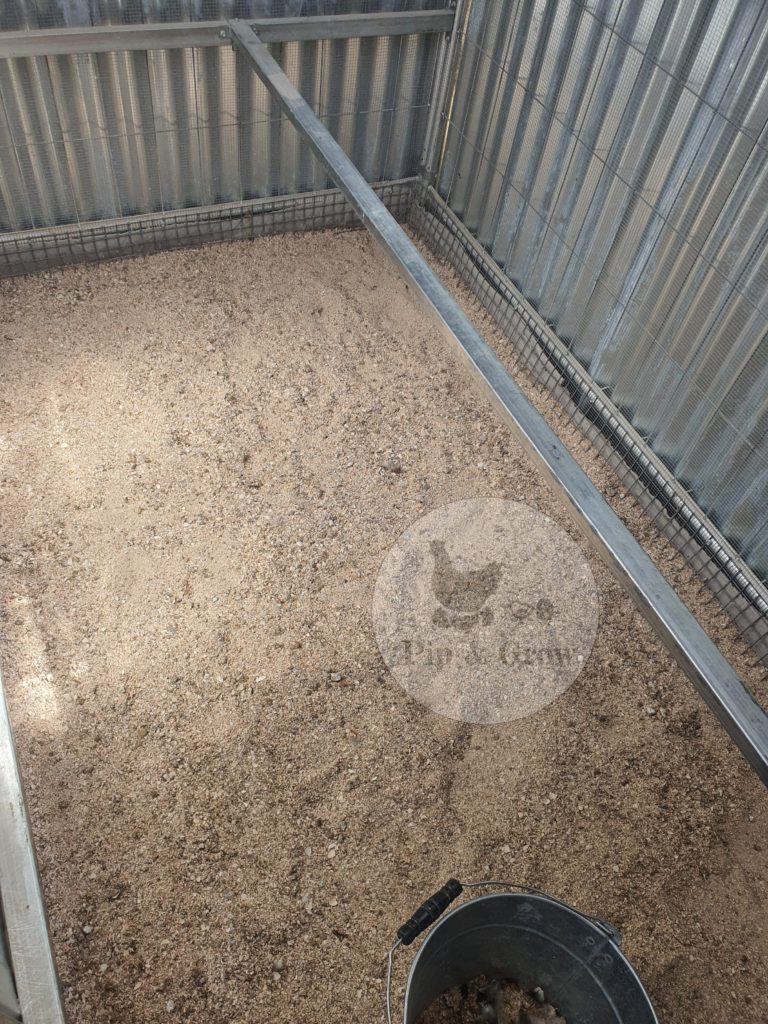
Roosting Perch
A chicken roost is a place where birds regularly gather to rest or sleep. Just like wild birds have their favorite tree branches, chickens seek out roosting perches to feel safe at night. When they sleep, they line up together on these roosts.
Unlike parrots, which can wrap around perches, chickens roost with flat feet. Therefore, they do not need rounded perches. It is better to have a wider flat surface roost, measuring approximately 5-7 cm wide. For heavy breeds (such as Brahmas), slightly lower perches are recommended to avoid foot or leg damage when they jump down. However, bantams or leaner breeds tend to prefer higher roosts. Silkies may require a ramp and some training to learn how to roost. Despite our efforts, there are always a few chickens that prefer sleeping on the ground or in random places like nest boxes. Typically, we keep our roosts at a height of around 1 meter.
While wooden roosts are acceptable, we prefer metal or plastic options with fewer nooks and crannies. Keep in mind that the roost is the first place where red mites will choose to live, as it provides an easy spot for them to feed on chicken blood every night. Regular monitoring is essential.
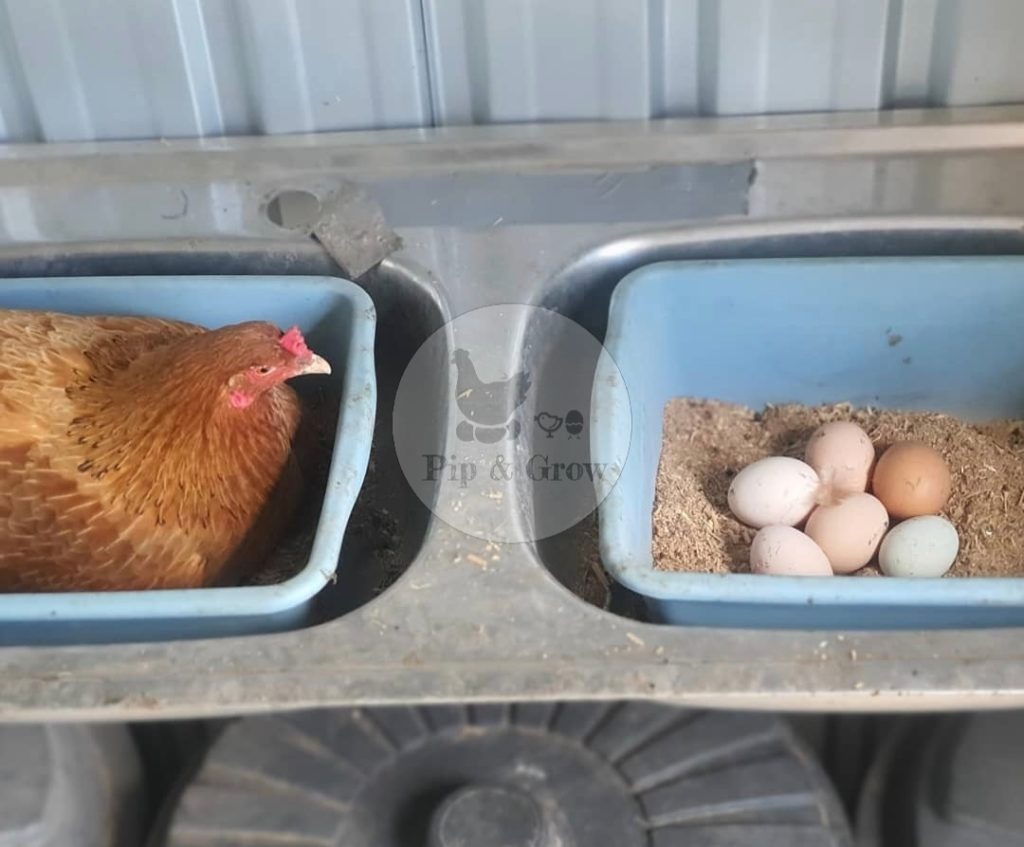
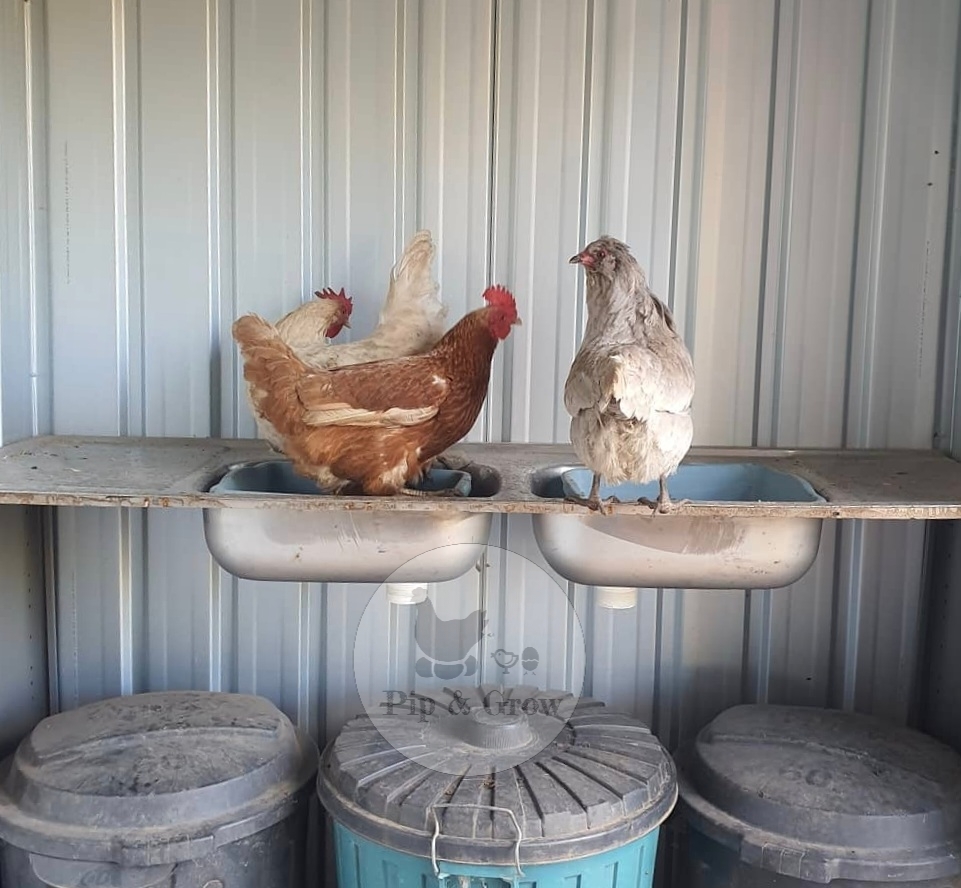
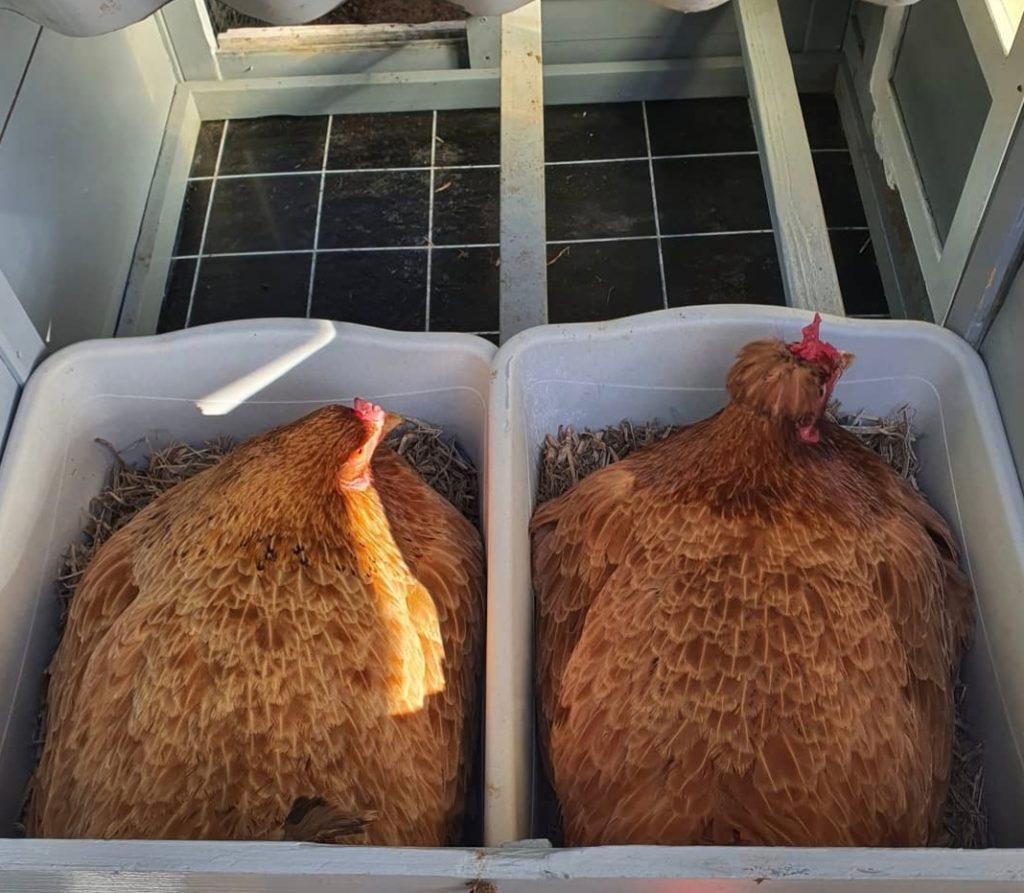
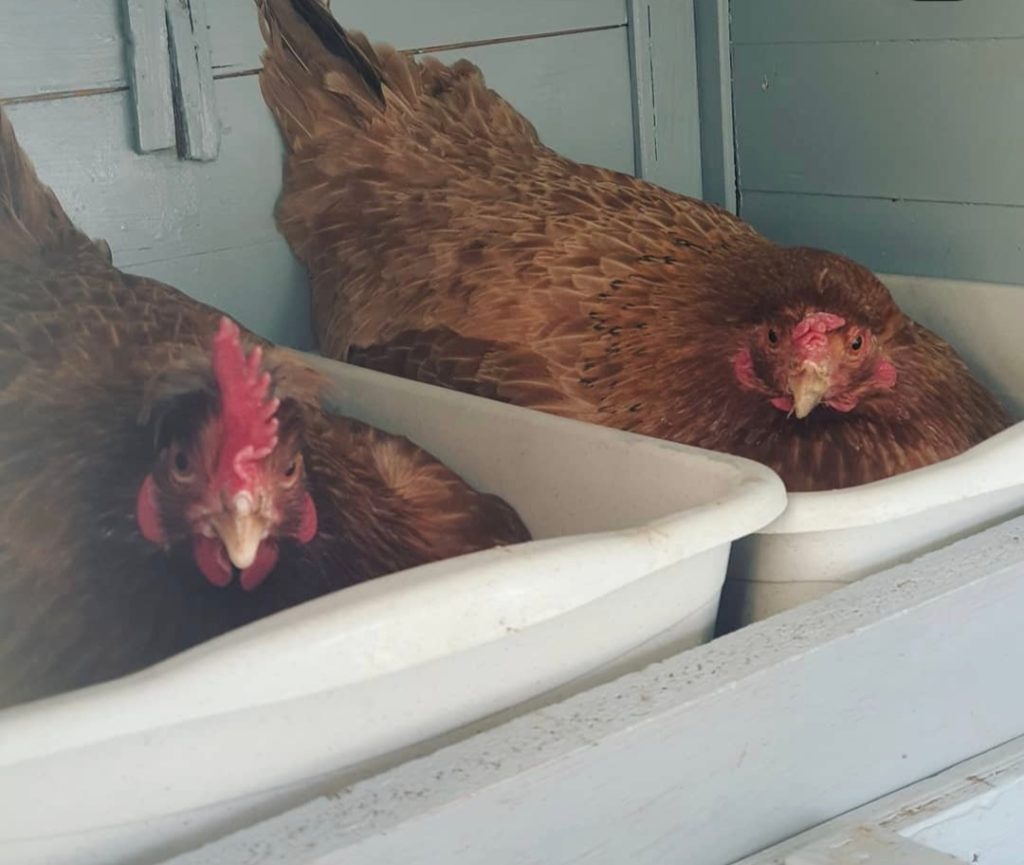
Nest Box
Nesting boxes are designated areas within a chicken coop or hen house where chickens lay their eggs. These boxes are designed to provide a comfortable, safe, and private space for hens to lay, the purpose of nesting boxes is to encourage hens to lay their eggs in a designated spot, making egg collection easier for the chicken keeper and helping to keep the eggs clean and intact.
Selecting Next boxes
When selecting materials for nesting boxes, prioritize durability, non-toxicity, and ease of maintenance. Opt for materials like plastic or metal that are resistant to moisture and pests. It’s essential to choose materials that are easy to clean to ensure a hygienic nesting environment. Nesting boxes are prone to infestations by red mites and lice, as they provide warmth and shelter. Additionally, hens may soil the nesting boxes with droppings or accidentally break eggs. They also have a natural inclination to scratch at the bedding material before settling down to lay eggs.
For these reasons, we advise against using wooden nesting boxes. Wooden boxes are challenging to clean thoroughly, providing an ideal habitat for parasites. Furthermore, the base of wooden boxes can wear out from hen scratching, leading to structural issues over time. If you have a wooden coop that includes nesting box areas, one solution we’ve found effective is using a plastic tub that fits within the wooden nesting area. This tub can be secured in place either by screwing it into the wooden nesting area or by weighting it down with sand and bedding material. It can be easily removed for cleaning, providing a more hygienic and manageable nesting environment.
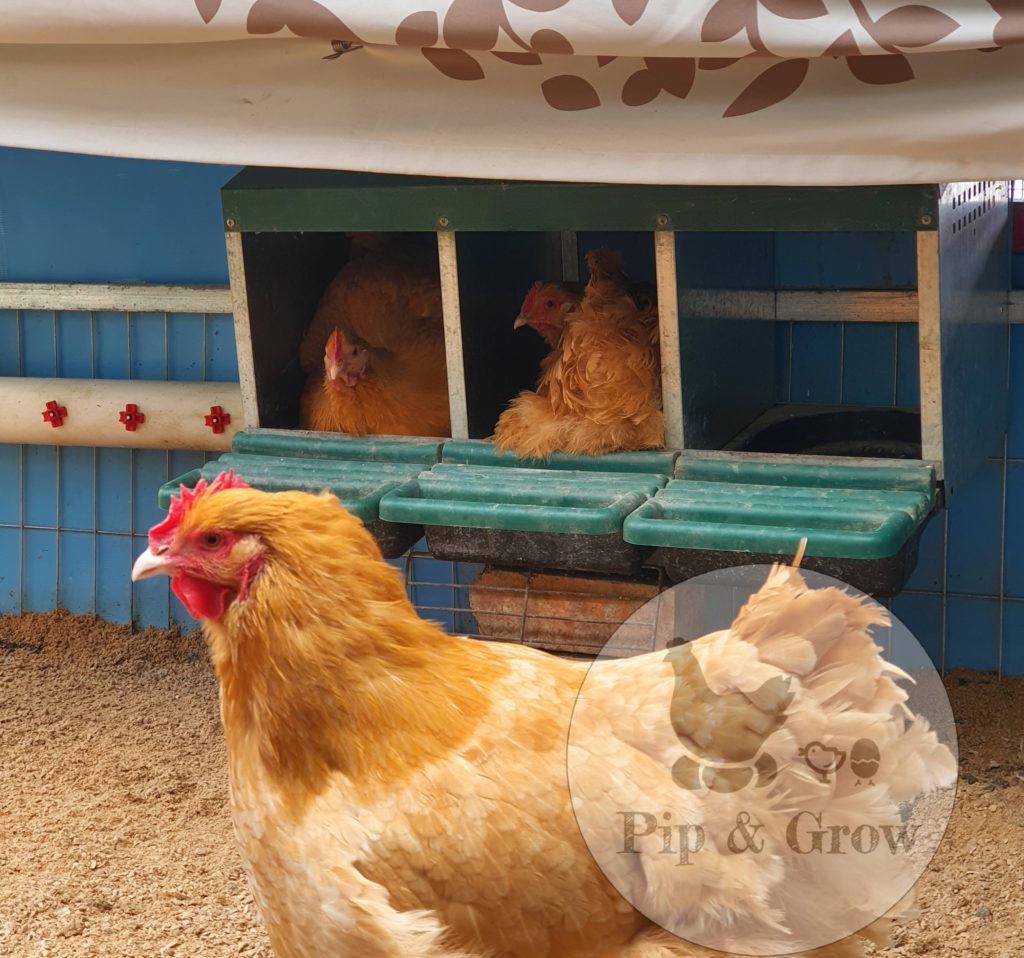
Roll Away Nest Boxes
Roll-away nest boxes offer a distinct design with a slanted floor that allows freshly laid eggs to roll away from the hen, eliminating the need for bedding material. Eggs are conveniently collected from the front lid, and these boxes typically feature removable trays for easy cleaning.
At Pip & Grow, we have used roll away boxes since 2019, and successfully implemented roll-away nest boxes in the majority of our breeder’s pens. While most of our hens adapt well to these boxes, we have encountered difficulties training some of Silkies and Polish breeds to use them consistently. Despite this, the roll-away boxes have proven to keep eggs clean with minimal maintenance, and they have reduced broodiness in our hens compared to traditional boxes.
In terms of egg pecking, the design of roll-away nest boxes makes it more challenging for hens to access the eggs. However, some determined hens, particularly those in a broody mood, may still attempt to retrieve their eggs from the front tray by stretching and maneuvering their heads between the gap at the front of the box. This can sometimes result in damaged eggs, if the hens are persistent in their efforts to access the eggs.
Number of Next boxes, Positioning & Care
New chicken keepers often make the mistake of providing one nest box per hen, thinking it’s necessary. However, chickens have quirky preferences, and if given multiple options, they may all choose to lay eggs in just one box. Aim for one nest box per 4-5 hens; this is usually sufficient. A box around 30 x 30 cm with a height of 15-20 cm works well for most breeds, but adjust the size according to the size of your chickens.
Nesting boxes should be positioned in a quiet, sheltered area of the coop, away from direct sunlight to prevent hens from overheating during Summer. It’s essential that the boxes are securely installed, ensuring they remain stable when hens step in and out. Hens will only lay eggs in places where they feel safe and secure enough to potentially raise chicks, avoiding unstable locations altogether.
When preparing the nesting boxes, line them with soft bedding material such as straw, hay, or wood shavings. Additionally, incorporating sand or shell grit can provide a bit of weightiness to the bedding and offer hens a comfortable environment for egg-laying. Consider sprinkling poultry dust in the nesting boxes during routine cleaning. This can help deter parasites and maintain a hygienic nesting area for your chickens.
Dust Bath
Dust bathing is a vital behavior for chickens, serving multiple health benefits. Chickens use dust baths to cleanse their feathers, removing excess oils and dirt. This natural grooming ritual also helps prevent parasites such as mites and lice by suffocating them in the dust. Additionally, dust bathing aids in regulating a chicken’s body temperature and contributes to maintaining healthy feathers.
If the bedding material in your chicken coop consists of sand or shell grit and is cleaned regularly, chickens will naturally use this as their dust bath. However, if the bedding material is not suitable for dust bathing or if there’s no appropriate spot available, it’s recommended to create a dedicated dust bath area for them.
Choose a spot within the chicken coop or run that is dry and protected from rain, ideally with some exposure to sunlight as chickens often prefer sunny areas for dust bathing. Clear out a section of dirt or sand, or use a shallow box or plastic tub to create the dust bath area. Fill the designated area with fine dirt, sand, or wood ash as the primary dust bath material. Regularly check and maintain the dust bath area to ensure it stays dry and clean. If the dust bath material becomes soiled or depleted, add more material to keep it effective for your chickens.
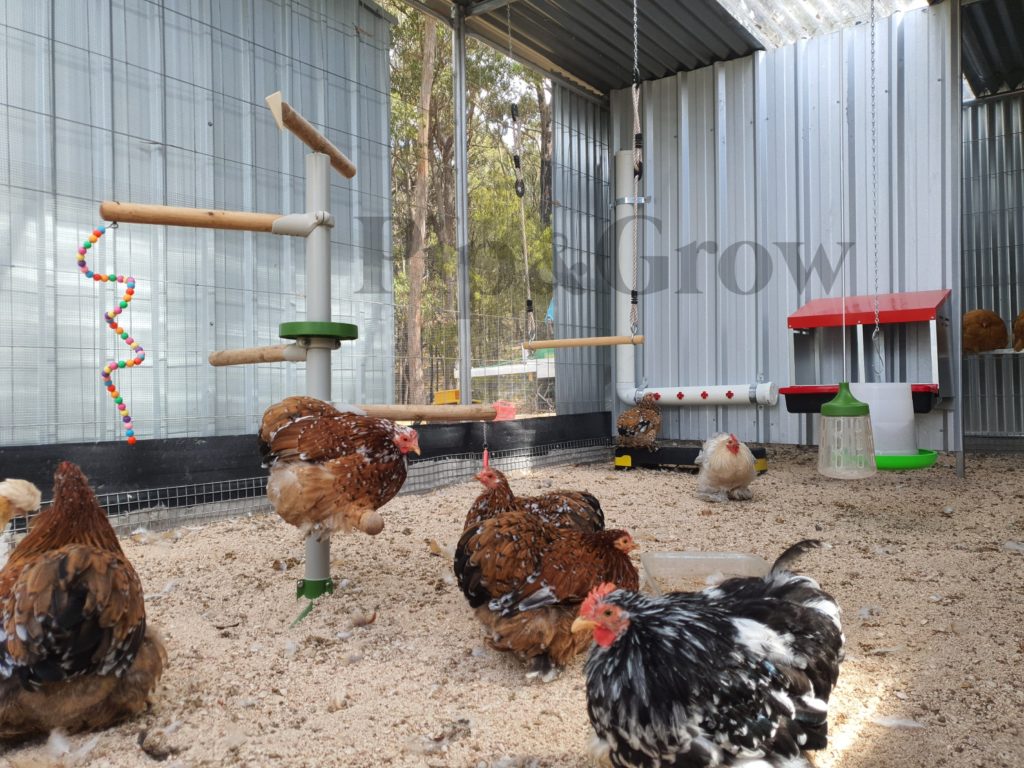
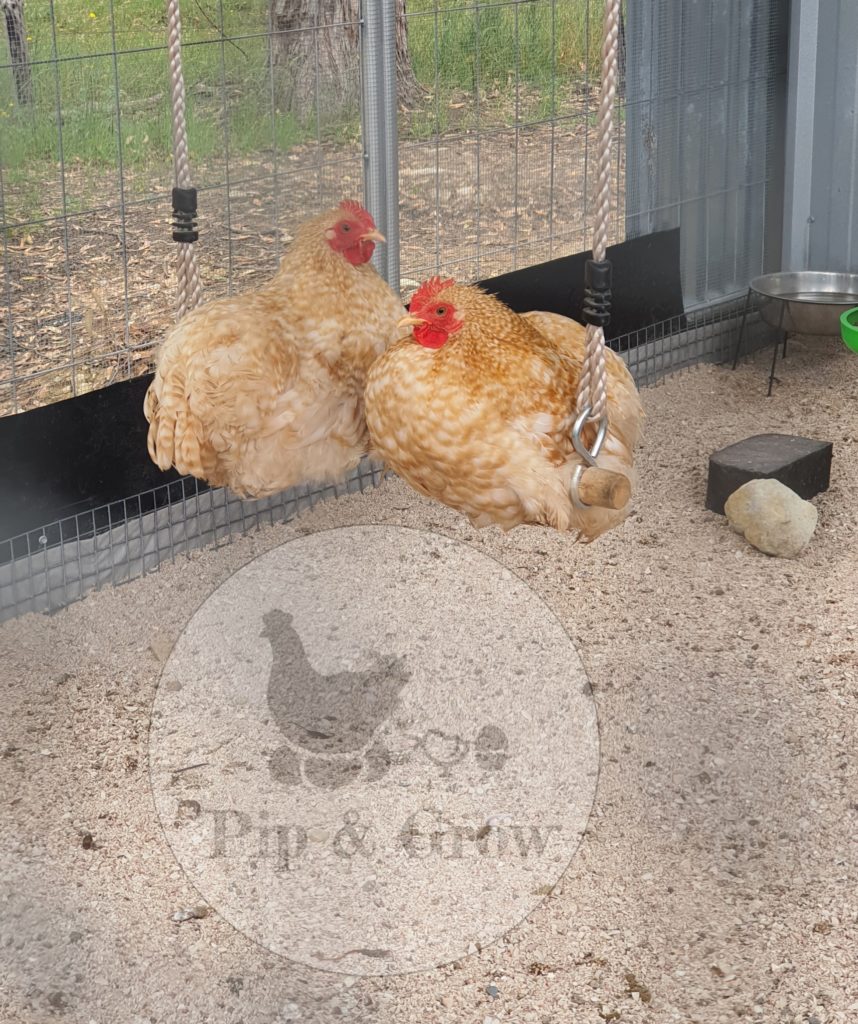
Keep Them Entertained
Free-range chickens often find plenty of entertainment and mental stimulation from their natural environment. However, for chickens kept in fully enclosed pens or runs, providing additional perches and peck toys can indeed help keep them entertained and mentally stimulated.
- Extra Perches: Install additional perches at varying heights within the coop or run. Chickens enjoy perching and roosting, and having multiple perches allows them to exercise natural behaviors like hopping from one perch to another. Different heights and materials (such as branches or wooden beams) can offer variety and challenge for your chickens. We have Omlet Chicken Perches in our pens.
- Peck Toys: Introducing peck toys or peck blocks encourages natural foraging and pecking behaviors, providing mental stimulation and preventing boredom. These toys can include hanging treat balls or DIY foraging boxes filled with scratch grains or mealworms.
- Mirror or Reflective Surfaces: Chickens are naturally curious creatures, and they may enjoy interacting with a mirror or other reflective surfaces placed within the coop. This can provide entertainment and enrichment, as chickens may peck or inspect their own reflection.
- Natural Elements: Incorporate natural elements like logs, branches, or rocks into the coop or run environment. Chickens enjoy exploring and pecking at natural materials, and these additions can provide enrichment and mimic their natural foraging instincts.
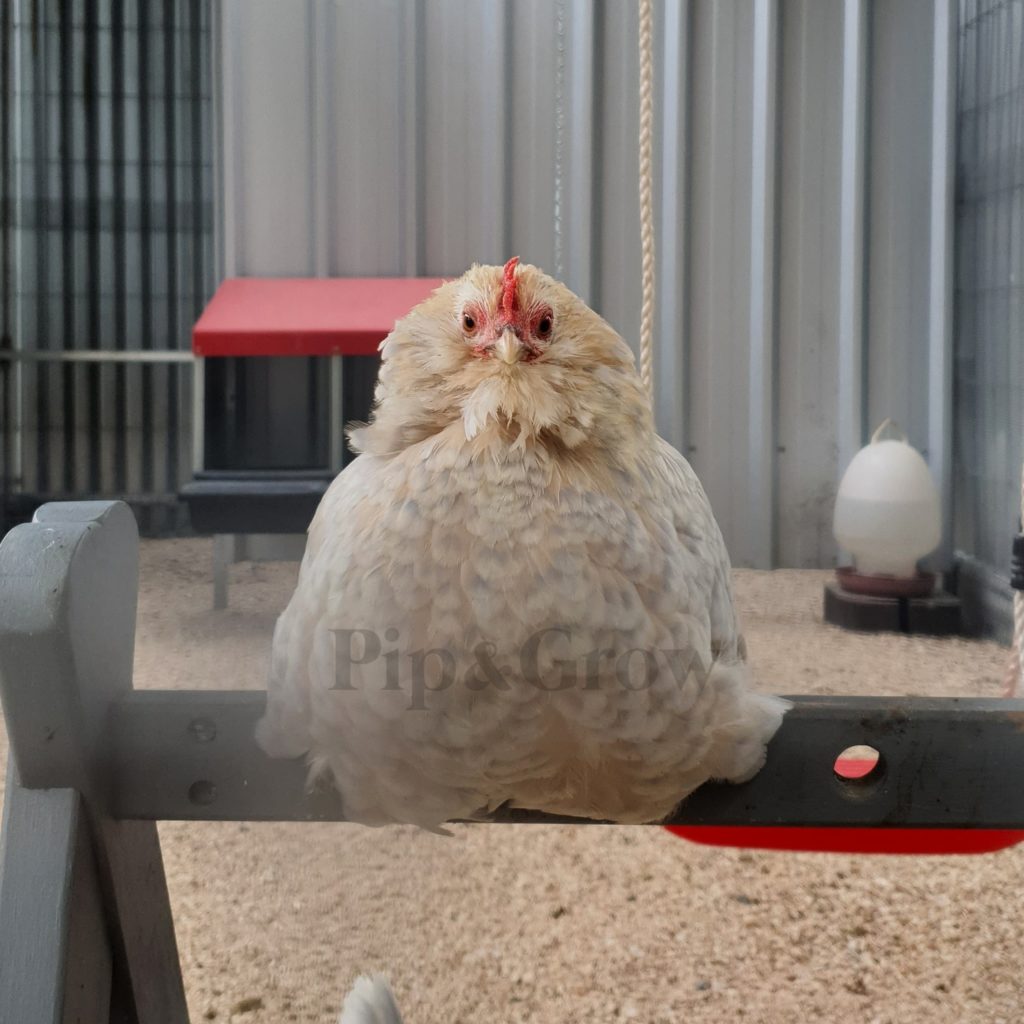
In case you missed it, we’ve already covered feeder, waterer, and feed extensively in separate posts, completing your new coop setup checklist.
We’ve now discussed most of the important aspects regarding chicken coop management, sharing insights we wish we had known earlier. Our aim is to assist fellow keepers who are either starting out or encountering challenges with their current setup. We hope these posts prove helpful in someone’s poultry-keeping journey.
Wishing you all happy chicken keeping!
Related posts:
Chicken Coop Part 1 – Things to consider when planning a new chicken coop
Chicken Coop Part 2 – Selecting location of the coop & Bedding material
Chicken Feeder Selection
Waterer Pros & Cons
Chicken Feed 101
